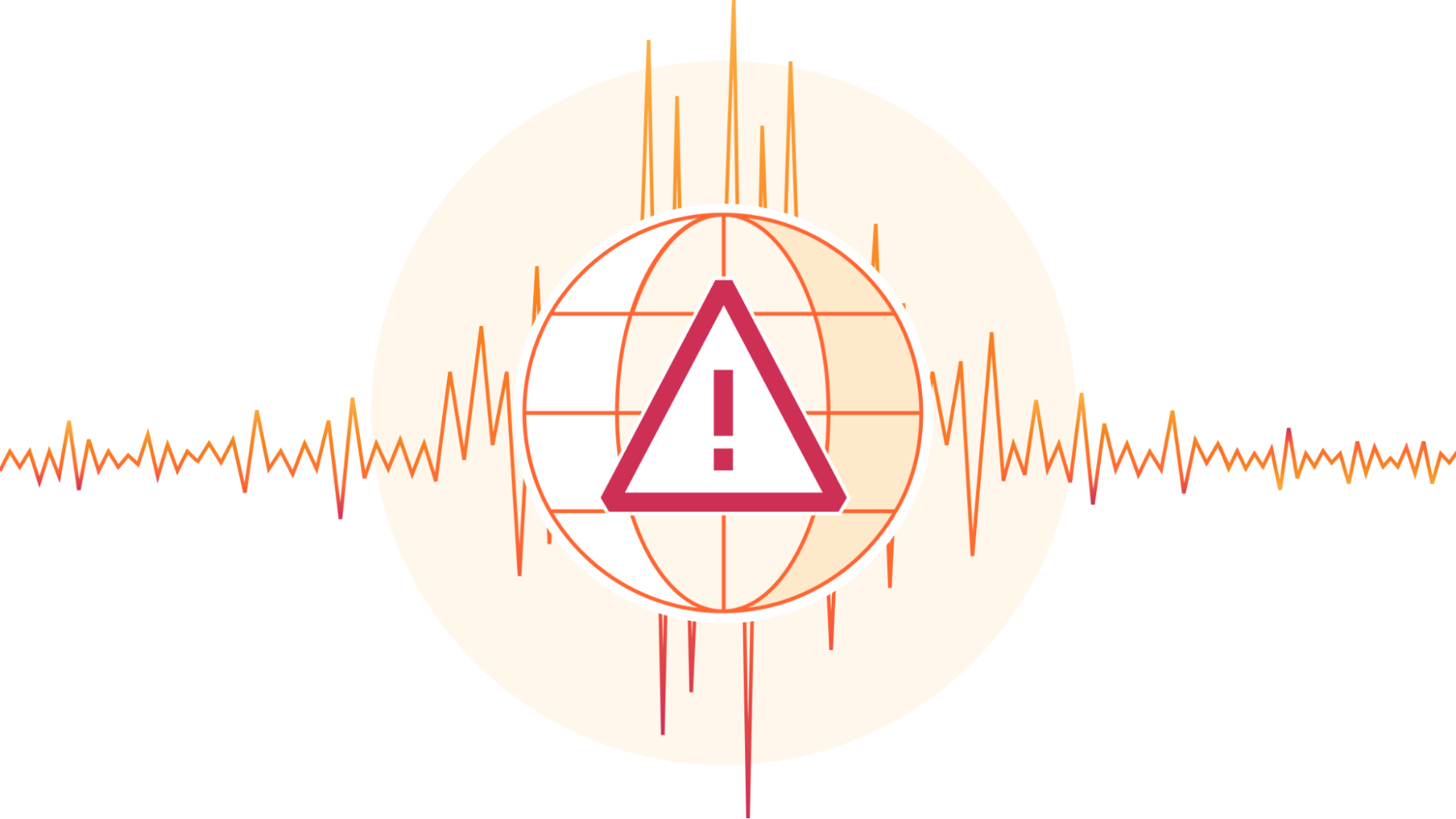
Cloudflare, a leading provider of network security services, has reported an unprecedented wave of powerful DDoS attacks that took place in September. One of the attacks peaked at 3.8 terabits per second, which is equivalent to filling a terabyte hard drive in less than three seconds.
According to Cloudflare, over 100 such attacks were recorded throughout the month, with many exceeding two billion packets and three terabits per second. The company emphasized that the detection and mitigation of these threats were carried out entirely autonomously.
Despite successfully fending off the attacks, Cloudflare warns that not all internet resources are safe. Attacks of this magnitude have the potential to incapacitate unprotected websites, as well as those relying on local hardware or cloud providers with insufficient network bandwidth or global coverage.
The primary targets of this new wave of large-scale DDoS attacks were companies in the financial sector, internet industry, and telecommunications field. A significant portion of the malicious traffic originated from various countries, including Vietnam, Brazil, Spain, and the United States.
The attackers utilized UDP packets on a fixed port. The UDP protocol allows packets to be sent without verifying their receipt, making it an ideal tool for DDoS attacks.
Cloudflare researchers identified that the high packet rate attacks originated from a variety of compromised devices, including MikroTik hardware, digital video recorders, and web servers. All of these were integrated into a network designed to generate vast volumes of traffic.
Additionally, it was found that the high-bandwidth attacks were driven by compromised Asus home routers. It is suspected that these devices were compromised by exploiting a critical vulnerability rated 9.8 out of 10, which affected at least 157,000 routers in June.
The goal of DDoS attacks is to restrict legitimate users’ access to services by overloading bandwidth or exhausting other resources of devices and applications. In high packet rate attacks, attackers aim to overwhelm available CPU resources, while high bandwidth attacks focus on depleting network capacity.
Despite their scale and potential danger, DDoS attacks rarely cause lasting damage to infrastructure. However, they can lead to significant disruptions for unprotected or inadequately secured online resources.


